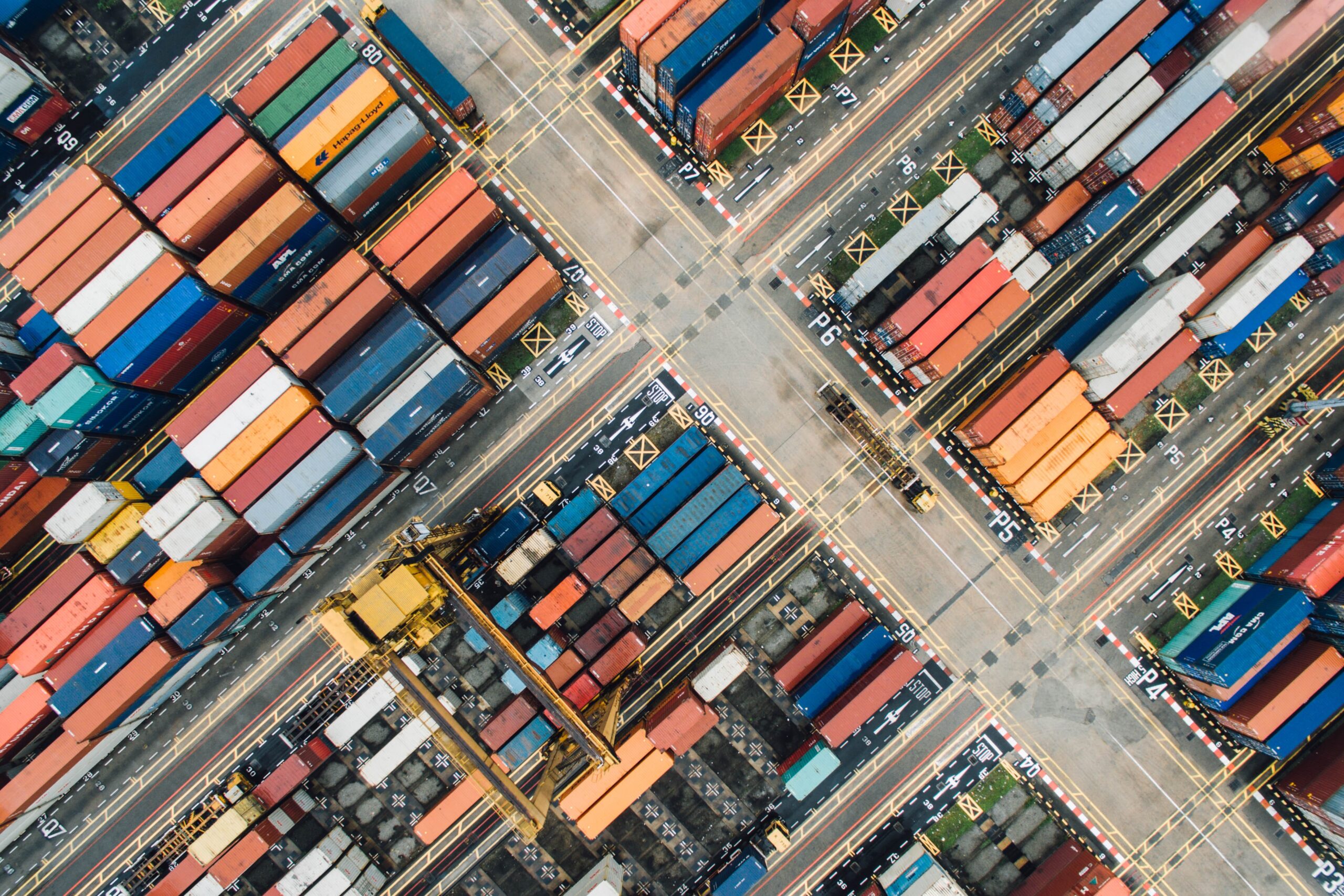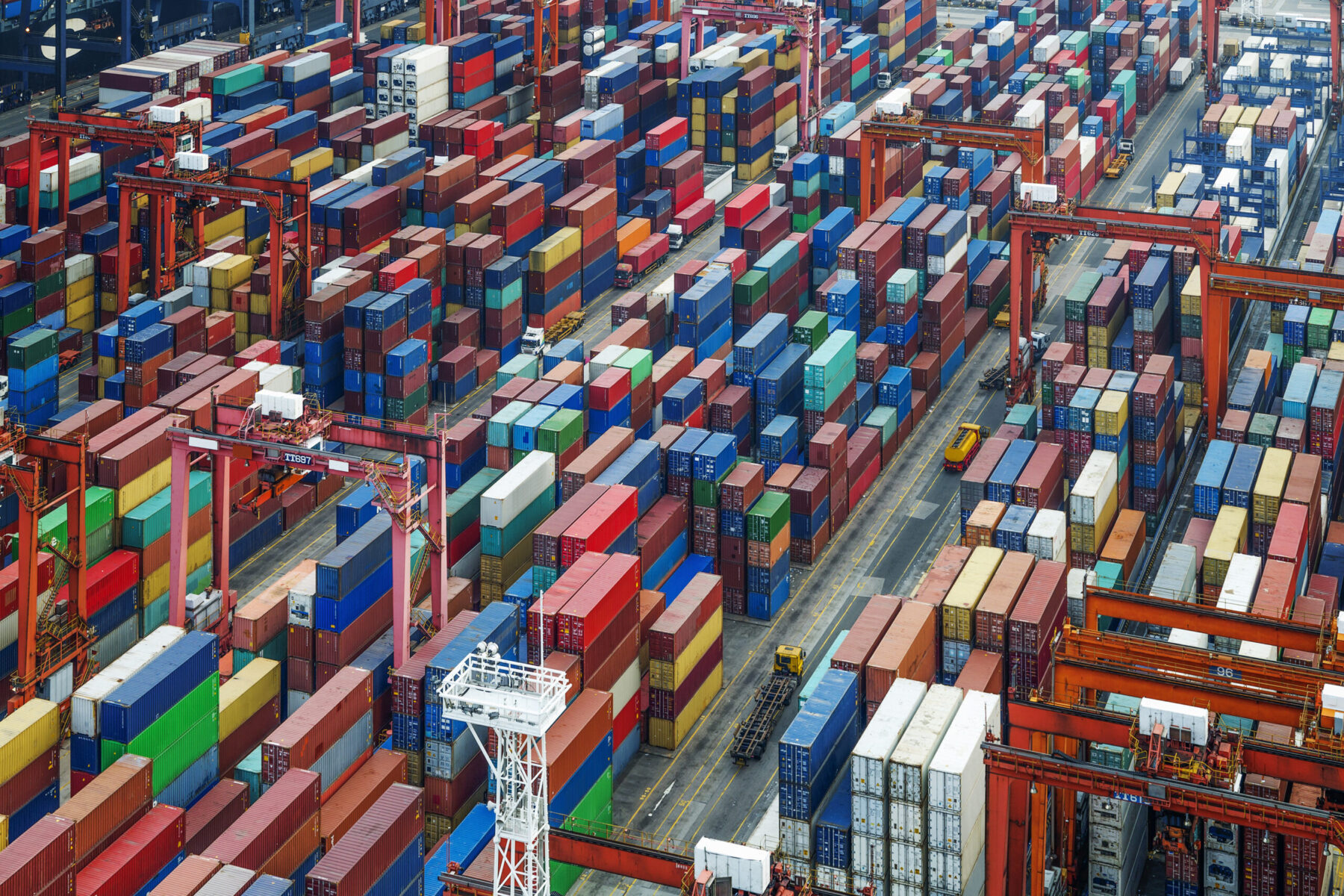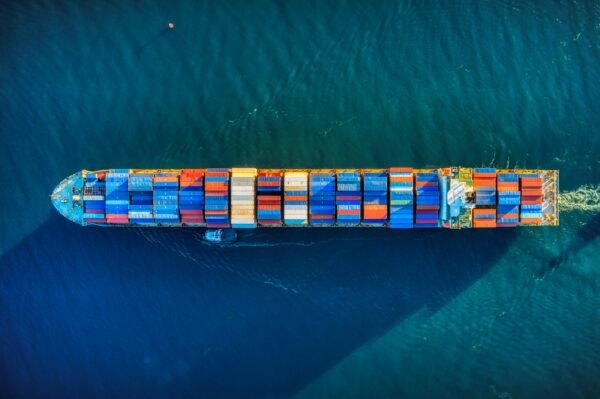5 key questions for shippers in 2023
Jan 03, 2023
Scroll to find out more
Jan 03, 2023
Scroll to find out more

2022 saw changes in several major trends that had driven the market for the last few years – with congestion easing, demand slowing and spending plateauing, shippers are facing a very different landscape to what they’ve become used to. As tender season approaches and budgets coalesce, now is the time to consider your shipping strategy for 2023 and how you can use your supply chain to support your business to the fullest extent.
To get the inside scoop on what to expect in the year ahead, we welcomed back Anne-Sophie Fribourg, VP of Ocean Procurement at Zencargo, on our weekly podcast Freight to the Point.
Carriers have enjoyed a boom period over the pandemic as high rates supported record profits for many international leaders. However, as the global shipping market has slowed and the amount of available cargo has shrunk, all eyes have been on the Big Three to see if any will break rank to secure market share. The short answer is that existing conditions are likely to remain in place through 2023.
While low demand will make cost minimisation a priority for shipping line the rumours that MSC, a member of the 2M Alliance, may leave to become a standalone global carrier, the CEO of MSC has stated that they do not currently have plans to do so.
In the coming year, there is expected to be a significant amount of new capacity added to the market due to the shipping industry’s recent replenishment cycle. According to Anne Sophie Fribourg, there will be an approximately 8% increase in shipping capacity in 2023, resulting in a global fleet of 30 million twenty-foot equivalent units (TEUs). However, there are also factors that will mitigate the impact these changes, including:
We will also see the continued use of blank sailings to better manage the influx of new ships, though recent efforts in the fourth quarter of 2022, have not had a significant impact on prices.
With the rapid drop in prices over the second half of 2022, many shippers have already begun moving towards a spot market mentality – so what does that mean for contracts? According to Anne-Sophie, long-term contracts will continue to be an important tool, especially if the rate of rate decline slows.
‘I think that we have reached the bottom in terms of rate level,’ says Anne-Sophie. “I think it’s a good time to lock in deals on a longer term…there will still be a lot of long-term contracts because it is a way for shippers to get visibility, to plan their budgets and being in the spot market can last for a while but you cannot build up a resilient supply chain while working on the spot market.”
Looking at the outlook for the second and third quarters of next year, we are likely to see inventory levels return to normal, meaning shippers should consider locking in long-term contracts now in order to establish predictable partnerships and plan budgets accordingly.
Along with the drive for efficiency and performance from carriers, we’re likely to see an increased role for supply chain technology in 2023. Recent disruption has highlighted the importance of shippers using data and technology anticipate and manage changes in the market, including:
These tools not only affect how you run your supply chain, but also how you work with partners – especially carriers. “Shipping lines are looking for customers who are attractive to them because they are able to provide accuracy of forecast.” says Anne-Sophie. “Shipping lines are investing in ships – they have to be able to plan what will be the utilisation ratio on the voyages from Asia to the UK, for example. They have to know exactly how much they are going to ship and this is something that is essential for the business model.”
By being a better partner – a shipper of choice – shippers can build value led relationships, based on accurate data and measurable service levels. This will also be a key factor in managing the upcoming turning point for inventory levels, where working with a digital freight forwarder such as Zencargo can provide additional agility.
“Even sophisticated companies have been working in a reactive way, by being stop and go with the management of their stocks, which of course is not bringing any value. This is where [Zencargo] can really bring value by adding knowledge and visibility to the restocking plan.” says Anne Sophie.
“I think there is a big move towards sustainability and a big change in our industry to minimise carbon emissions.” explains Anne Sophie. We see today that shipping lines are actively seeking out alternative fuels and technologies in order to reduce carbon emissions, though there are challenges in terms of finding an adequate supply.
This may well be the year that we see sustainable services become a core offering for forwarders, and shipping lines charge an upfront fee for environmentally-friendly options. This has been reflected in our own experiences, with Zencargo recently working with a range of clients to implement carbon tracking, minimisation and offsetting schemes to support broader business values.
If there’s one lesson that we’ve learned over recent years, it’s that supply chains will continue to change. It’s up to shippers whether this is a challenge, or an opportunity. Digital tools such as Zencargo’s digital supply chain platform and agile freight forwarding approaches now give shippers the chance to track changes in the market, analyse the options available and react in real time. As inventory and capacity trends rebalance in 2023, it will be the businesses that can most effectively respond to the market that will move ahead.
To find out how you can make the right decisions in the year ahead, get in touch with our team today.

To find out how you can take control of your supply chain costs and stay ahead...

To find out how you can navigate a path through uncertainty, book your free str...

To find out more about how Zencargo’s digital freight forwarding experts and te...